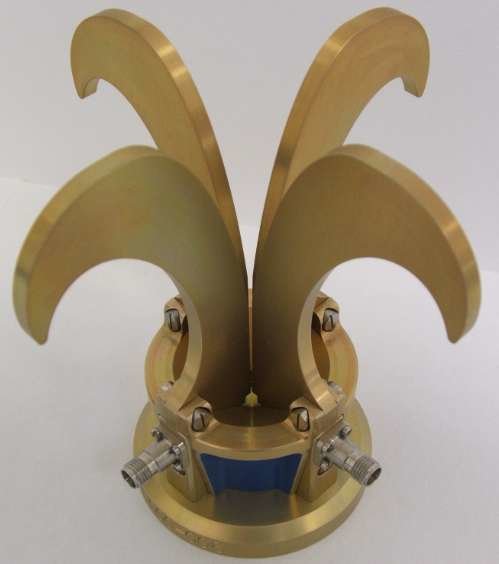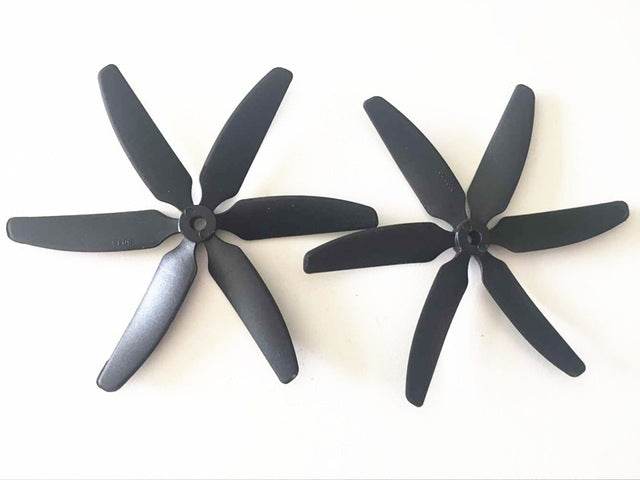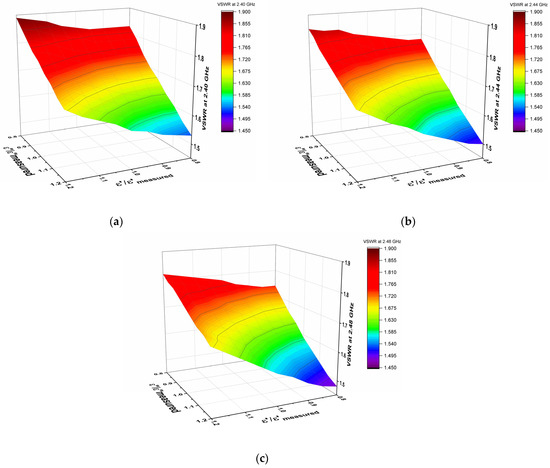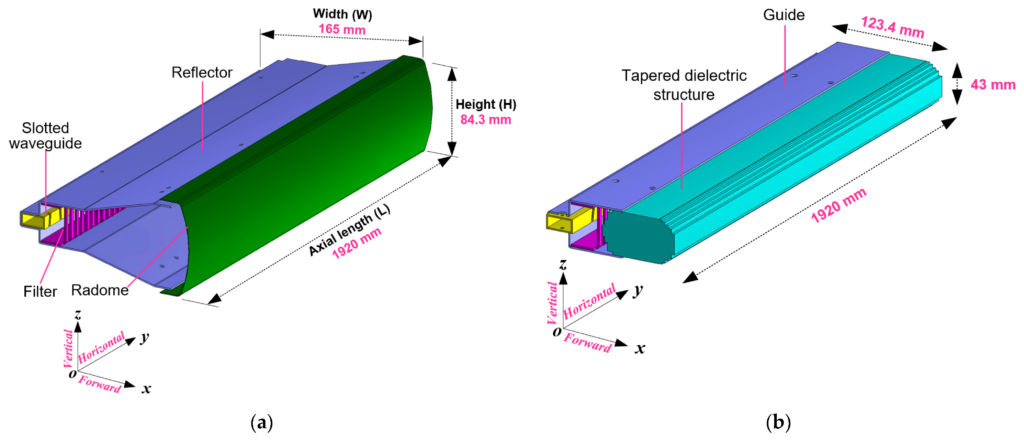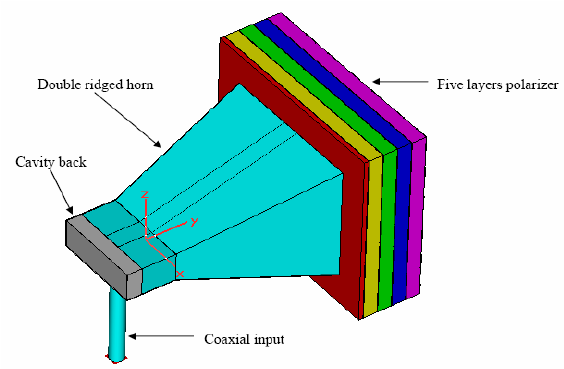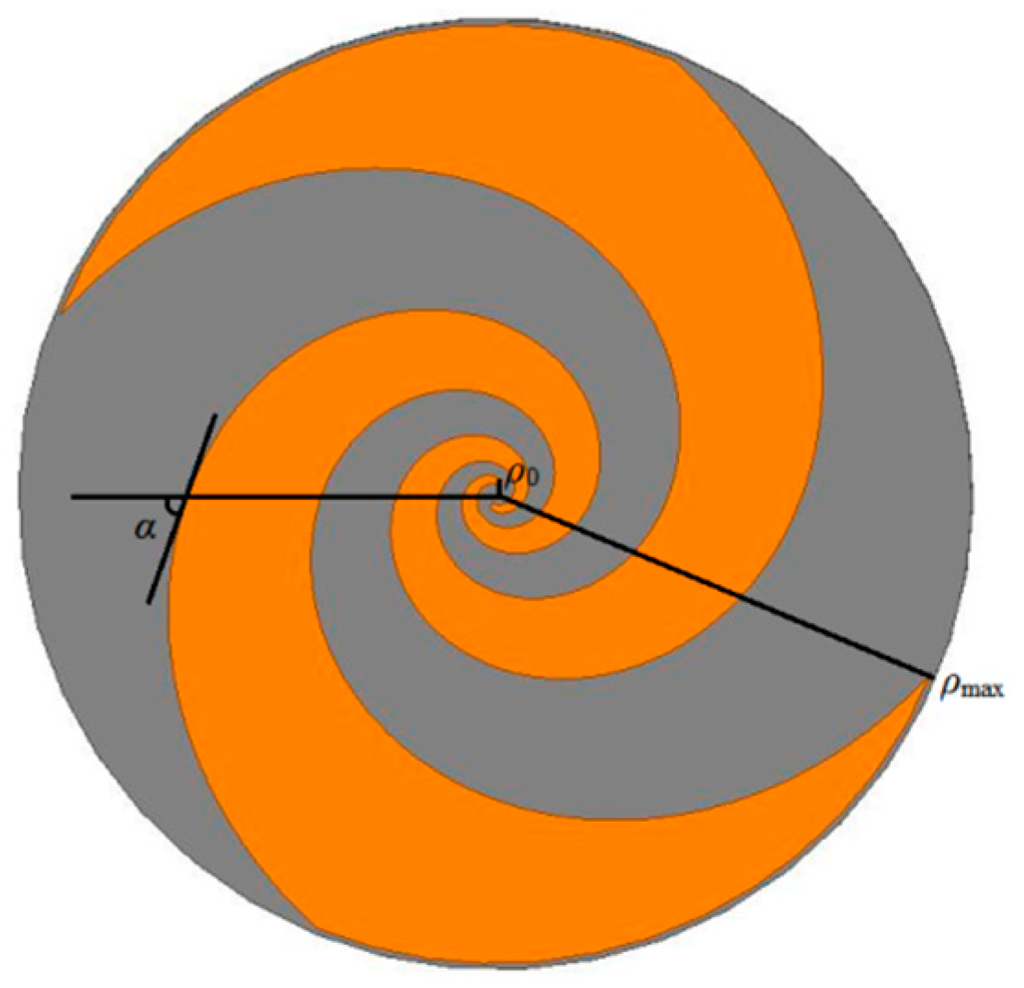Why Military Prefers Quad Ridged Horns-4 Key Facts
Military prefers quad ridged horns for their wide bandwidth (1–40 GHz), high gain (>20 dBi), and excellent polarization purity. These antennas support electronic warfare, signal intelligence, and radar systems. Their rugged design ensures reliable performance in harsh environments, making them ideal for both field and airborne operations. Withstanding Extreme Temperatures At 3 AM, the Houston […]
Why Military Prefers Quad Ridged Horns-4 Key Facts Read More »

